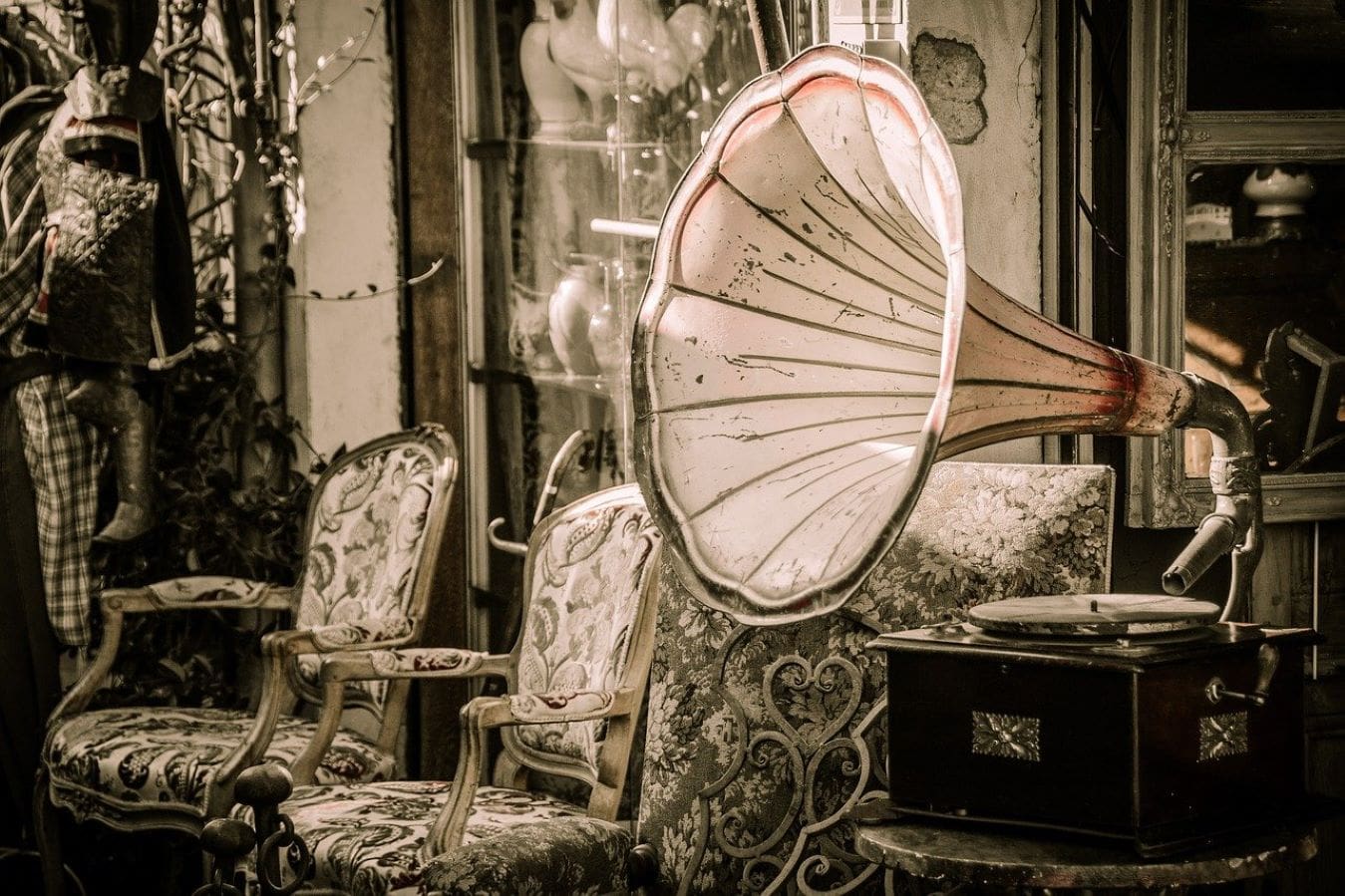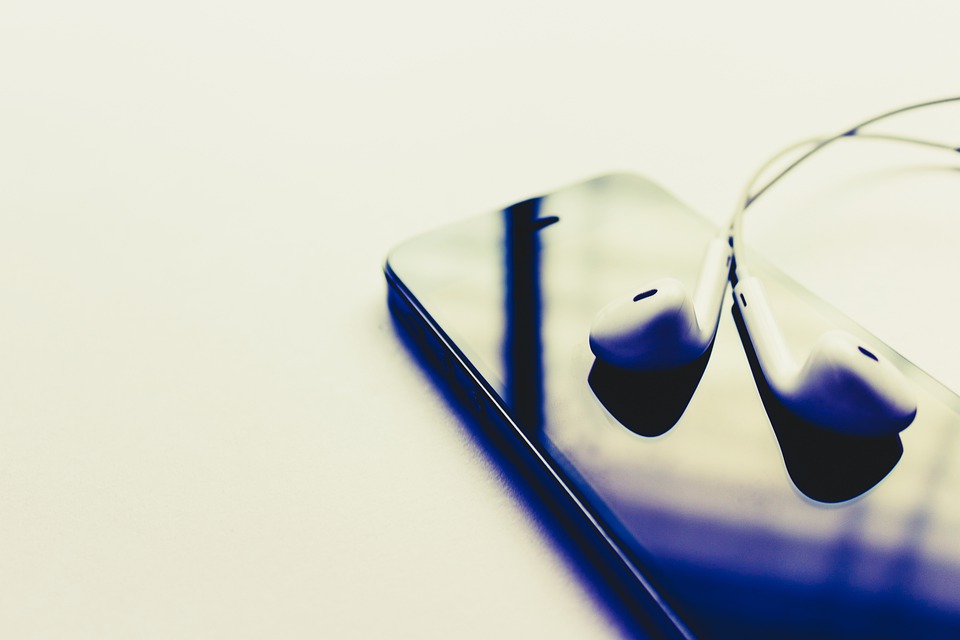The Way of Listening to Music Has Changed in 150 Years of History
Technological evolution and everything digital that has derived from it has generated revolutionary effects in modern society, perhaps as never before in the history of humanity. There is no industry that digital technology has not affected, and music is no exception.
Over the years of analogue sound, the way of making music for artists, using it for listeners and spreading it for record companies has changed. The analogue-digital process was not painless and still today continues to bring great advantages, but also to create great difficulties, especially at an economic level.
For those born before the second half of the 90s, the music-digital association is not so natural. In fact, before digital music was broadcast in analog format. What is meant by analog? Analog signals, as the word itself suggests, are representations of physical quantities by analogous quantities, carried out as faithfully as possible. In these cases we speak of imitation and, like any type of imitation, everything recorded in analog format remains faithfully preserved over time. Recording a sound with an analog signal also means transferring its modulation to a magnetic medium, vinyls, audio cassettes and much more.
The discourse of digital music is different. Digital devices record sound with numbers or other characters. No shades are allowed, 0 or 1, black or white, bit or no bit, true or false, these are the parameters used. The recording tools and playback formats change. Everything is more easily shareable and editable.
Analogue Reproduction
The period of the analogue vs digital clash that took place in the 1980s and 1990s represents a difficult phase in the history of music reproduction. However, within the same “analogical period”, as scholars like to define it, which goes from the end of the nineteenth century to the 80s of the twentieth century, there have been changes in many ways similar to those that are affecting the “period digital from the point of view of the creation, diffusion and consumption of the musical component.
The analog period begins with the invention of the phonograph by Edison, in 1877. Thanks to the intuition of the American scientist, the sound could be recorded on a sort of tin cylinder, but Edison’s goal was not to record music and play it. The reasons that moved the American genius were much more practical, related to the analog recording of sounds for work and commercial activities. With the Berliner gramophone (1894), considered the evolution of the phonograph in the musical sense, the concept of actual “reproduction” was introduced. The vinyl record is born, produced throughout the twentieth century in various formats: 78, 33 and 45 rpm records. Each of these formats had very specific characteristics and their portability and ease of sale and diffusion contributed to the development of the music industry all over the world.
Before the arrival of digital technologies, analog music was spread on another winning medium such as vinyl, namely the cassette or audio cassette. It was a plastic support with magnetic tape marketed until the beginning of the new millennium. The plastic box was inserted in devices called tape players it could act as a support for recording and reading music or audio tracks. The first hi-fi systems were born on the wave of the diffusion of the cassette, which also contributed to the revolutionary birth of the Walkman. It was the Japanese company Sony that had the brilliant intuition of a device whose battery operation could allow people to listen to their favorite sound outside the home. Symbol worthy of the 80s, the Walkman became a real cult object for teenagers of that period.

The Advent of Digital
In the second half of the 1980s, thanks to the introduction of the first digital medium, the CD (compact disc), the first dedicated equipment (CD players and stereo CDs) began to appear. The first form of digital coding of music is born, which brings considerable advantages to the audio quality and to the sound level, it eliminates that annoying background noise that was possible to hear when the volume was turned up at high power.
As for the technical aspects, with the conversion from analog to digital the sound is “broken up” into many small parts sampling or sampling) and “transformed” into binary code that can be interpreted by digital information and technological systems. The sound is sampled according to three parameters:
1. Number of channels once digitized, the sound can be routed to a single channel (Mono) or to two different channels (Stereo). Currently, the channels on which it is possible to direct the digital sound can be even more than two, but the more channels the greater the size of the digital file obtained.
2. Resolution the number of bits used to store the sound samples goes by the name of resolution. The more bits, the more values used for storage, resulting in a higher final quality.
3. Sampling frequency: the sampling frequency indicates the number of samples stored every second. Sampling frequencies can range from as low as 11 kHz, suitable for sampling vocal sounds, to 44 kHz, which is just right for CD storage.
It is these three parameters that affect the final size of the digital music file, a fundamental element to be taken into consideration given that digital music, spread mainly thanks to the Web must then reside in technological instruments equipped with mass memories of finite dimensions, which are computers, mp3 players, tablets and more. In fact, the issue of file size also hinges on another factor, compression Digital music is distributed in different formats each with specific characteristics and a more or less high quality. The transformation of digital files into one or the other format depends on the compression techniques used (implemented through a software program or electronic device), which are divided into two large groups: lossy lossless
The lossy technique consists of a data compression that leads to information loss. The lower quality of the final result is not found in standard listening, but an amplifier is enough to find the defects. With the lossless technique however, there is no loss of information. For this reason, the lossy compression format is the most suitable for circulation on the web. The best known lossy audio format circulating on the web is MP3 (Moving Picture Exper Group-1/2 Audio Layer 3), usually no larger than 10 megabytes. Among the lossless audio formats instead, we have .wma, .m4a, .aiff, .wave.
Digital Music Lands on the Internet

In the new millennium, the means of spreading digital music is the internet. Music merges with information technology and mp3 players arrive that allow fans from all over the world to take entire music libraries (from thousands and thousands of songs) everywhere. The music can be transferred from the “old” CDs to your player using free software available online, or you can download it directly from the internet.
Small mass memories have revolutionized the music industry, but, together with the internet, they have created the conditions for the emergence of a new threat to record companies and artists: piracy The phenomenon was already known to the world of cinema for illegal downloading of films and videos, but with the advancement of software technologies, users also began to circumvent the protection system that each record company had devised. File sharing platforms (audio, video) based on peer to peer technology were born and Napster was, more than any other, the one that had a shocking effect on the entire sector.
“The greatest music platform of all time”, as Napster has been called, caused the earnings of artists and record companies to collapse and, despite having been forced to close by the multiple copyright lawsuits brought by the great giants of the music market, demonstrated the goodness of a fundamental concept that the music industries will treasure a few years later with streaming music services: the customer wanted freedom of choice, he wanted variety.
Based on this new philosophy of thought, the last frontier of digital music was born: streaming. The streaming music system was born in July 2002 with Listen.com a company that managed to agree with the biggest music labels of the time, including Sony, Warner and Emi, to offer its customers monthly subscriptions for listening to music directly online. With the low subscription prices available, you could listen to several hundreds of thousands of music tracks without limitation.
With Deezer in 2007 and Spotify in 2008, streaming music knows its maximum expression and users, thanks to small advertisements inserted between one group of music tracks and the other, can even reduce all costs and take advantage of the music for free. available. Music streaming platforms have opened up new horizons to the trade in musical art, giving breath to record companies and offering new ways of consuming music. Just think of the selectable sound quality (SD, HD, Master), the infinite search possibilities within the libraries, the subdivision of music into specific categories (for example acoustic, pop, rock, opera, electronic, country etc.), in the presence of predefined playlists (Top 10 Europe, Best Songs of the Week, etc.) or customizable, live radio and much more.
This system, over the years and with the spread of mobile technologies smartphones and tablets, has proven to adapt better to the low cost needs of the online public than the “old” standard download process in use since the late 90s.

